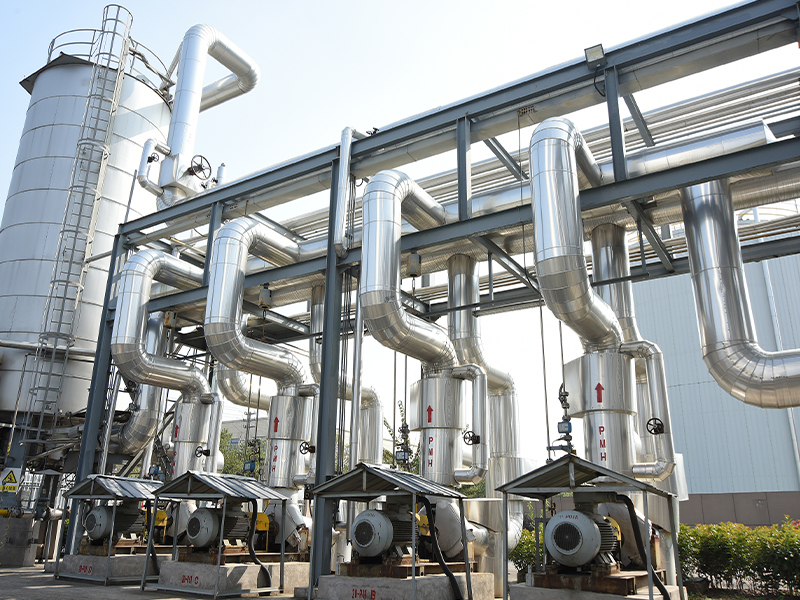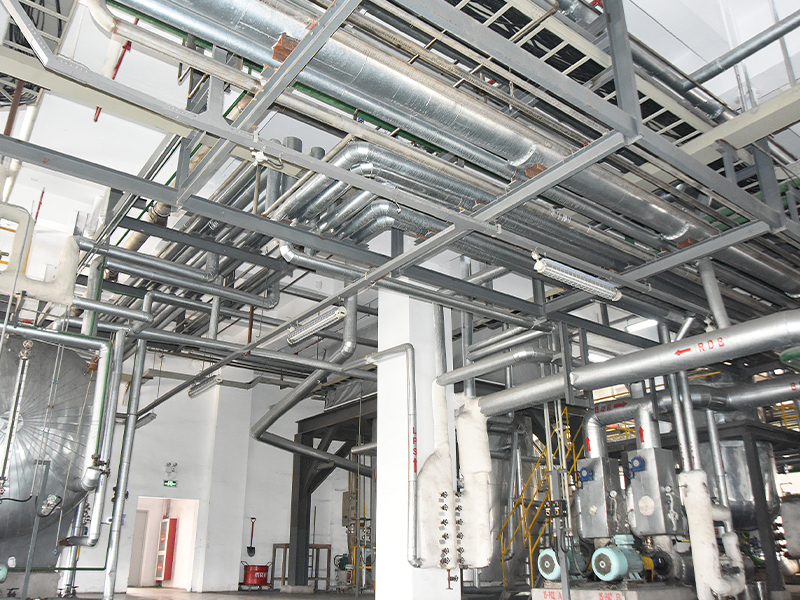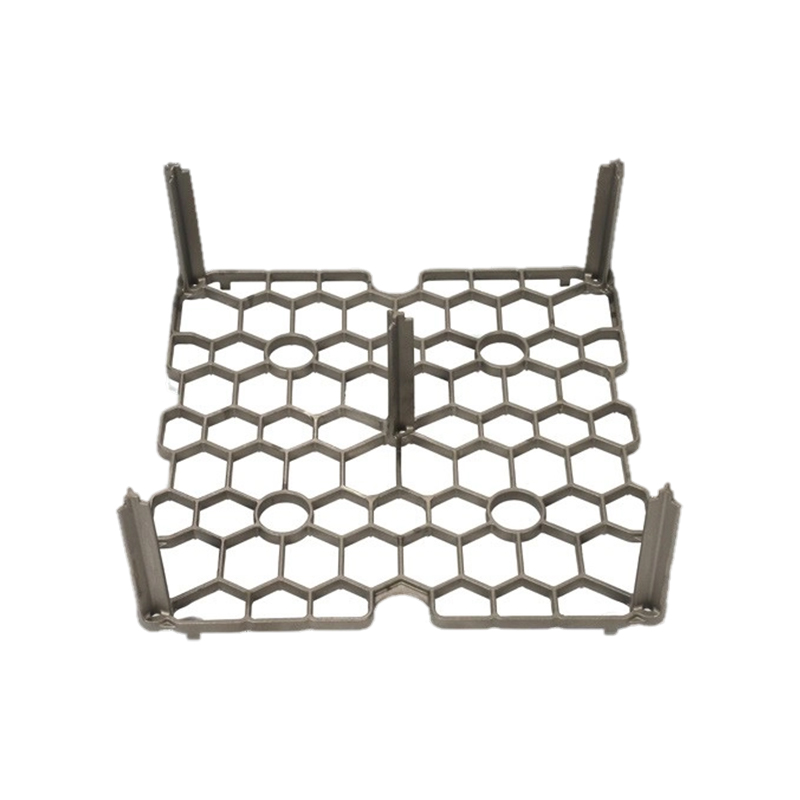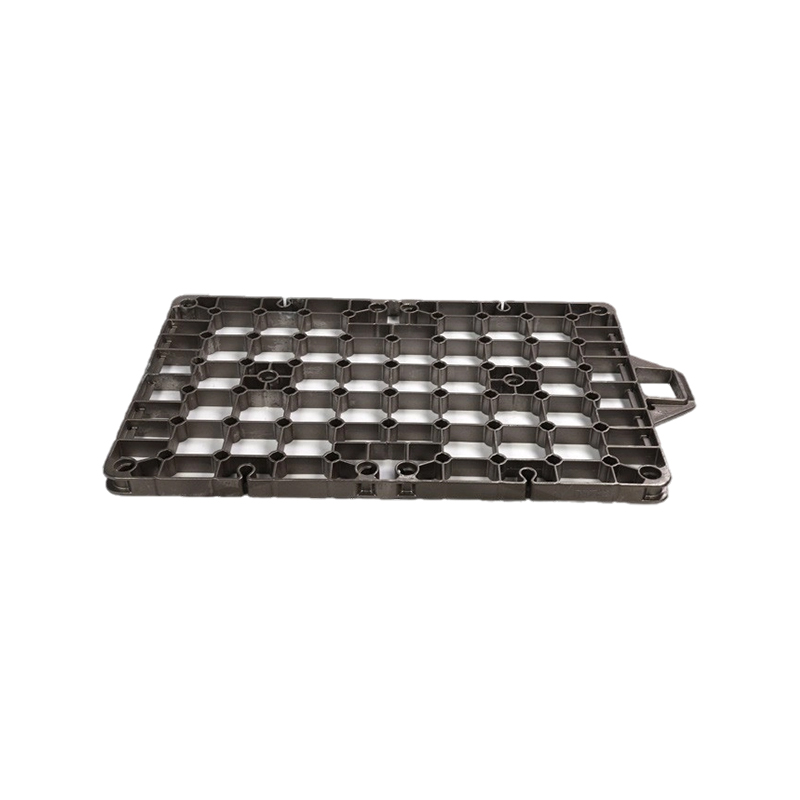Precision Lost Wax Casting, a process synonymous with meticulous craftsmanship and engineering innovation, has carved a unique niche in modern manufacturing. Renowned for its ability to produce intricate metal components with minimal post-processing, this method achieves what is known as near-net shape forming—a feat where castings emerge with geometries so precise that they require little to no machining.
At the heart of this process lies its capacity to replicate designs with exceptional dimensional accuracy. By employing wax patterns crafted from high-resolution molds or 3D-printed models, the method captures even the most delicate details. The wax, chosen for its low shrinkage and recyclability, ensures consistency across production batches. Once the wax pattern is encased in a ceramic shell—built layer by layer using silica sol or ethyl silicate binders—the stage is set for molten metal to replace the wax, guided by thermal and mechanical controls that preserve the mold’s integrity.
Achieving near-net shape forming hinges on a meticulously orchestrated sequence of steps. The wax pattern’s design incorporates calculated oversizing to offset shrinkage during cooling—a correction informed by advanced simulation tools that predict how specific alloys behave under thermal contraction. During shell formation, the ceramic layers are engineered to endure molten metal temperatures exceeding 1,600°C while maintaining dimensional stability. Post-casting treatments like Hot Isostatic Pressing (HIPing) further refine the product, eliminating microscopic voids and enhancing mechanical properties through controlled pressure and heat. These steps, combined with real-time monitoring of parameters like pouring temperature and solidification rates, ensure that each casting aligns perfectly with its intended specifications.
Beyond technical prowess, Precision Lost Wax Casting offers economic and environmental advantages. While initial investments in tooling and molds can be substantial, the method becomes cost-effective for small-to-medium batches by minimizing material waste and machining costs. Reusable wax and ceramic materials, coupled with energy-efficient furnaces, align with sustainable manufacturing goals.
 English
English русский
русский Español
Español عربى
عربى




